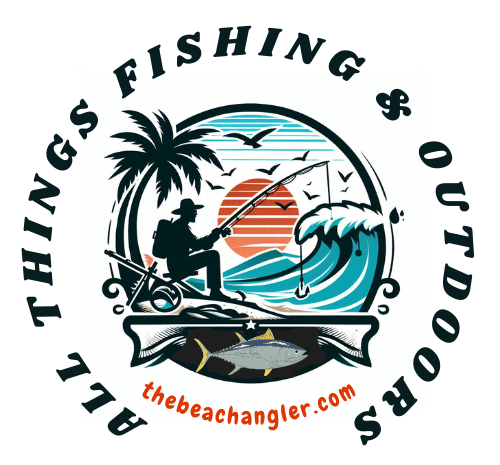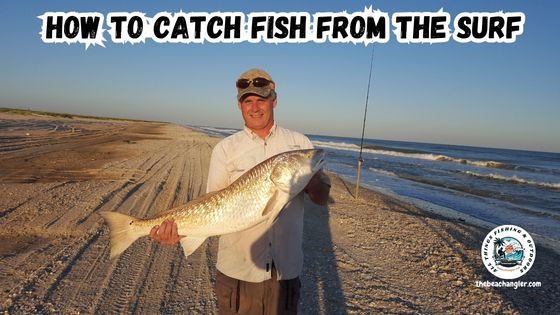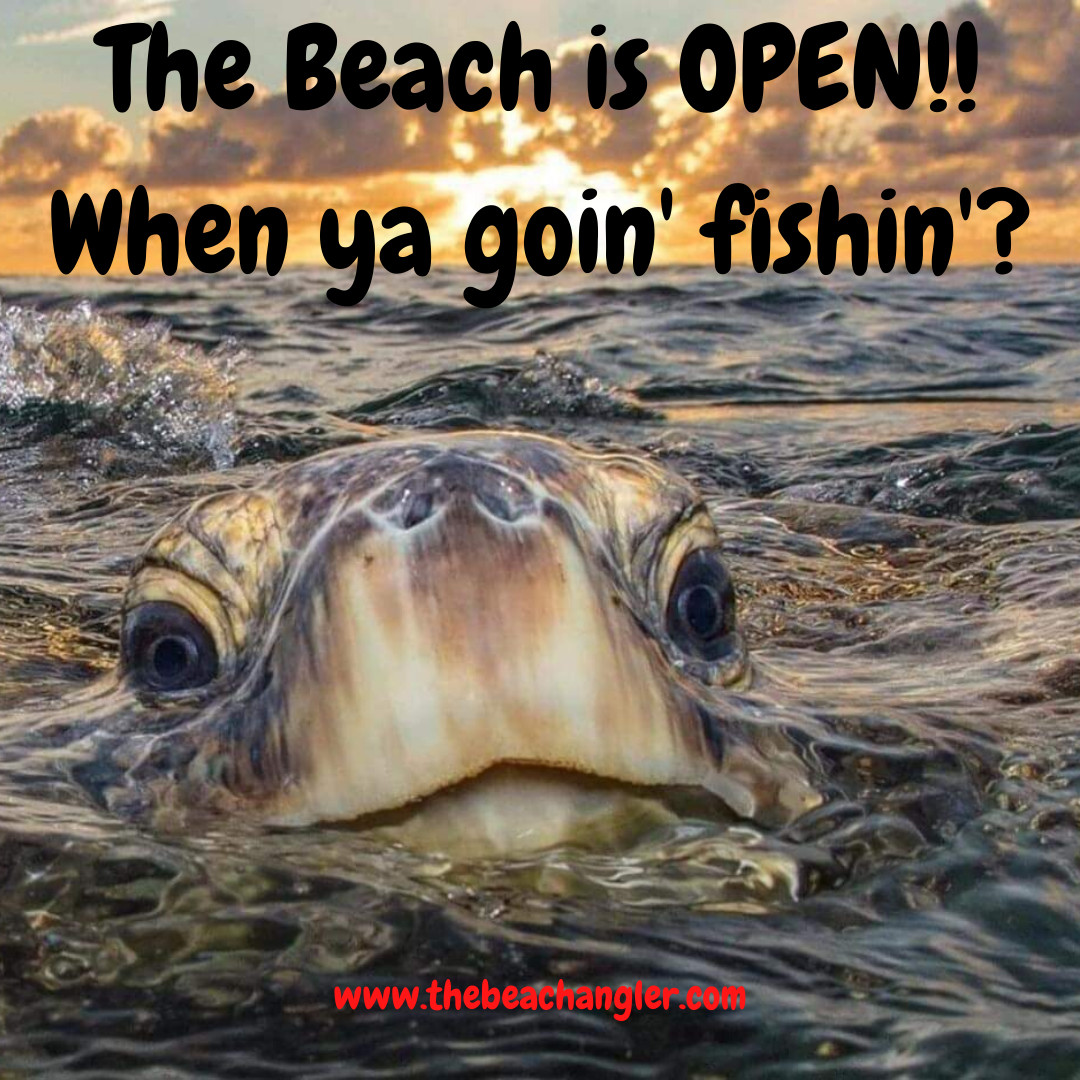Surf fishing is as much about understanding the water’s rhythm as the catch. But how to catch fish from the surf? The surf zone, that dynamic strip between the land and sea, is where the magic happens. It’s a unique environment propelled by constant changes in wind and waves. This energy affects how and where fish congregate, making it crucial to recognize these patterns if you’re aiming for a successful outing.
QUICK LOOK Tips for Catching Fish From the Surf
- Proper Gear: Surf fishing demands equipment that withstands the abrasive nature of sand and the corrosive saltwater environment.
- Bait and Lures: Selecting the right bait is as crucial as finding the right spot. Different fish are attracted to different types of bait, so knowing your target species helps.
- Casting Technique: Mastering the cast is crucial in surf fishing. The power and accuracy of your cast can mean the difference between landing that elusive catch or coming up empty-handed.
- Tides and Timing: Tides and timing are the heartbeat of the surf ecosystem. High tides can bring fish closer to shore as they chase baitfish, while the low tide might expose useful structures such as sandbars and guts where fish might gather.
- Reading the Beach: Find spots where fish are likely to feed and cast there. Identifying what makes a spot on the beach fish-friendly, and how the waves, sand, and local wildlife can clue you in on where to cast, will help you catch more fish from the surf.
Tides and timing are the heartbeat of the surf ecosystem. High tides can bring fish closer to shore as they chase baitfish, while the low tide might expose useful structures such as sandbars and guts where fish might gather.
Aligning your fishing expeditions with the ebb and flow of the tides can significantly increase your odds of a catch. Moreover, dawn and dusk often provide prime fishing conditions, as many fish are active feeders during these transitional light periods.
Fish behavior changes with the season, and so should your approach. Your target species’ migration and spawning patterns will dictate the best times of year to fish. A bit of research into the habits of the local fish population is time well spent.
Schools of fish tend to follow temperature gradients and food availability, which are influenced by seasonal shifts. As we segue into the necessary gear, remember that understanding these dynamics is the foundation on which you’ll build your surf fishing exploits.
The rod, reel, line, and tackle you choose are tools that, when employed with an understanding of the surf’s behavior, can pivot a pleasant day at the beach into an exhilarating fishing adventure.
Essential Gear to Catch Fish from the Surf
Now, about the gear you’ll need: Surf fishing demands equipment that withstands the abrasive nature of sand and the corrosive saltwater environment. Here’s how to gear upright.
Choosing a rod and reel is the foundation. A long rod, about 9 to 12 feet, lets you cast further into the surf. Go for a reel with a high line capacity and ensure it’s rated for saltwater to resist corrosion.
The line is your critical connection to the fish. A monofilament line between a 15 to 20-pound test is versatile for varied species and conditions. Braided lines are also a good pick, providing increased sensitivity and longer casting distance.
Tackle varies, but a few basics include pyramid sinkers that prevent your bait from tumbling in the surf and circle hooks that improve hookup rates while being fish-friendly. Pick live bait like shrimp or mullet or artificial lures that mimic local prey.
Baits and Lures to Catch Fish From the Surf
Selecting the right bait is as crucial as finding the right spot. Different fish are attracted to different types of bait, so knowing your target species helps.
Live bait like shrimp, minnows, and crabs often draw more strikes, especially from species like redfish and trout. Their movement in the water can be irresistible. If live bait is not available, fresh dead and cut baits can be very effective.
Artificial lures are another great option. These mimic the appearance and action of real prey, and many are designed to target specific fish. For example, soft plastic lures with a paddle tail can imitate the erratic movements of a small fish, while topwater plugs can create surface disturbances like that of fleeing baitfish that attract predatory fish. Learning how to use these effectively can take your fishing game to the next level.
Local bait is often the best choice. Fish are more likely to go after what’s familiar to them. Picking bait that “matches the hatch” of the local area can make your outings more successful. Plus, local bait shops are treasure troves of information. The folks there can offer guidance on what’s biting and the best bait to use that day.
Salt and scent-based attractants can increase your bait’s effectiveness. Spraying or soaking your lures in attractants can make them more appealing, especially in murky waters. It’s like adding an extra layer of scent to draw fish in, making your lure stand out in a crowded sea. Pre-scented baits like Berkley PowerBait and gulp, and strip baits such as Fishbites and fishgum are excellent choices for surf fishing.
Movement is the final piece of the puzzle. How you work your bait can make a big difference. Erratic movements often mimic injured prey, which can trigger a predatory response. Practicing different retrieval techniques until you find what works can make your fishing trips more fruitful.
Casting Techniques for Surf Fishing
Mastering the cast is crucial in surf fishing. The power and accuracy of your cast can mean the difference between landing that elusive catch or coming up empty-handed. Now, let’s brush up on the basics and tweak them to weather any storm, literally.
The first step in a successful cast is the right stance and grip. Plant your feet shoulder-width apart for stability. Hold the rod firmly, and make sure your reel is at a comfortable height for control.
As for the motion, it’s similar to throwing a baseball, just smoother, and with a follow-through aimed at the horizon. Wind and surf can be your adversaries or allies, depending on how you use them. When the wind’s at your back, it can add extra heft to your cast.
However, an onshore wind requires a lower, stronger cast. Adjust the cast angle and force accordingly, and keep an eye on the waves to time your cast so it rides the wind with the least resistance.
Different styles, such as overhead, sidearm, or underhand, have their place in your casting arsenal. Overhead casting is the go-to for many anglers due to its power and distance capabilities.
Sidearm can be useful in windy conditions, while underhand casting is best for short, precise distances. Mix and match styles to suit your current conditions. With your casting technique refined, it’s time to apply those skills to real-world scenarios.
Find spots where fish are likely to feed and cast there. In the next section, ‘Reading the Beach for Fishing Success, ‘ I’ll guide you through identifying what makes a spot on the beach fish-friendly. We’ll discuss how the waves, sand, and local wildlife can clue you in on where to cast.
Reading the Beach for Fishing Success
- Distinguish productive fishing spots with a trained eye. Look for areas where waves break differently, which can indicate deeper water channels that fish use as highways. Also, keep an eye out for cuts between sandbars – those are prime spots for fish to feed.
- Interpreting the behavior of the waves and currents is key. Notice the direction and strength of the rip currents; they often carry food, attracting fish. Understanding the current assists in determining where to cast your line.
- Sandbars, dips, and undercuts create natural structures where fish like to congregate. These features change with currents and storms, so being able to read these signs can direct you to where fish may be gathering at any given time.
- Birds have a lot to tell you about where the fish are. If birds are diving into the water, it’s a good bet there’s a school of fish below. Dolphins or seals in the area can also signal an abundance of fish; just be cautious, as their presence can sometimes spook your potential catch.
Remember, time spent observing the beach is never wasted. It’s an investment in developing the instincts that lead to surf fishing success.
Best Practices for Handling and Releasing Fish
Successful surf fishing often ends with a catch, and how you handle the fish plays a critical role in the sustainability of the sport. Whether you’re aiming for a trophy or just fishing for fun, it’s vital to treat each fish with care to preserve the species and the environment.
When you secure your catch, be sure to wet your hands first. This practice helps to maintain the fish’s protective slime coat, which is crucial for its health. If you’re using a net, choose one made of soft, knotless material to prevent damage to the fish.
Minimizing stress and injury to the fish is responsible fishing. Use appropriate tools such as dehookers and avoid keeping the fish out of water for extended periods. If you’re taking a quick photo, make sure it’s brief and that the fish is close to the water for a safe return.
Adhering to catch and release techniques is incredibly important. Revive the fish if necessary by holding it underwater, moving it gently back and forth to encourage water flow over its gills. Once the fish shows strong signs of life, release it facing into the current for the best chance at recovery.
Remember, your actions today can ensure the continued joy of surf fishing for generations to come. Always stay informed about the local regulations and species-specific guidelines to make your fishing practices as sustainable as possible. Happy fishing and tight lines!
Check Out These Recent Articles:
- 10 Advanced Features of the Penn Fathom Electric Reel Kit
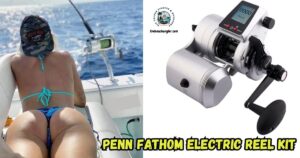
- Surf Fishing With Lucky Craft Lures
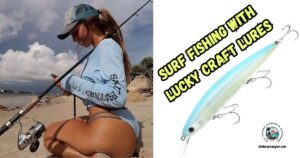
- 8 Features of the Minn Kota Kayak Terrova Trolling Motor
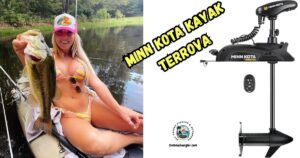
- Tips And Tactics For Saltwater Fishing With Spoons
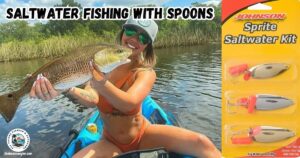
- Review Of The Daiwa Caldia MQ LT Spinning Reel
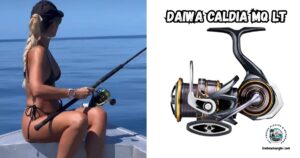
- What Is Sail Line Fishing And How To Use It?
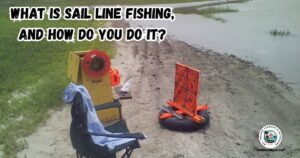
As always, stay safe, enjoy the journey, and please try to leave it cleaner than you found it. If you have any comments, questions, ideas, or suggestions, please leave them in the comment section below, and I’ll get back to you ASAP. You can follow us on Facebook: Rex The Beach Angler, Instagram: thebeachangler7, Twitter: @AnglerBeach, and YouTube: Man Art Creations.
P.S. Thanks so much for checking out our blog; we really appreciate it. Just so you know, we may receive a commission if you click on some of the links that appear on our site. This helps us keep our content free and up-to-date for everyone. We appreciate your support!
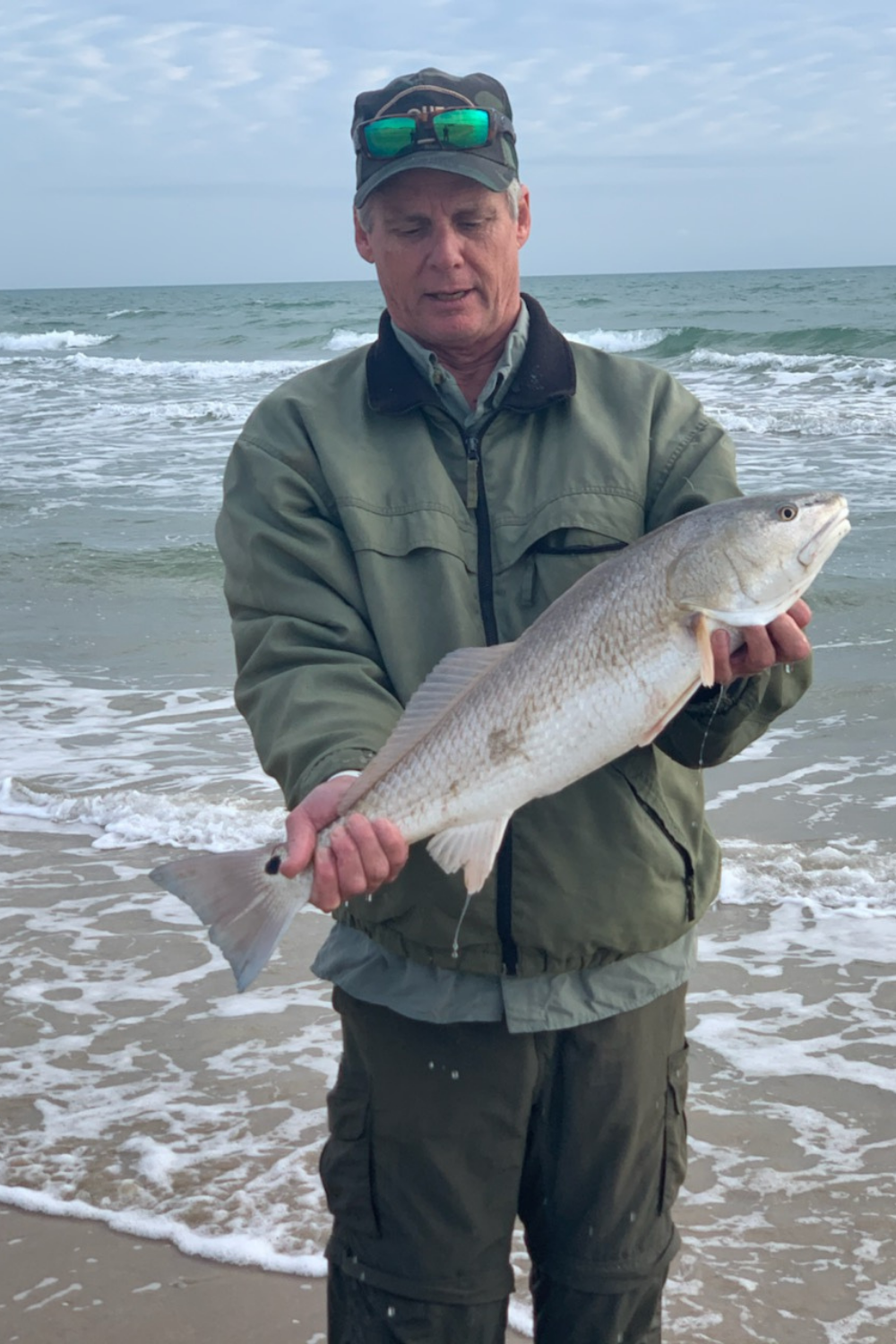
A life long surf fisherman with 50+ years of experience, I am also an avid hunter and outdoorsman. I will be sharing my passion for the outdoors with you so be prepared for hunting, fishing, camping, hiking and more. Along with gear reviews and the latest trends and innovations in the outdoor industry.
